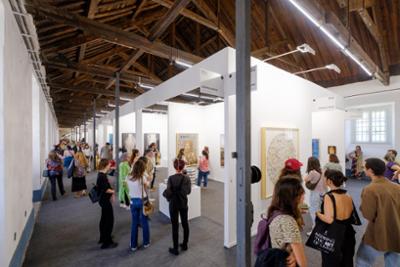15/12/23
Fundación ARCO entrusts Museo Univerisdad de Navarra with the study and knowledge dissemination of the ARCO Collection.
The collaboration agreement signed by the two institutions involves the start of various research and exhibition projects on the Fundación ARCO Collection by students of the Master’s Degree in Curatorial Studies, the only official Master’s Degree in curatorial studies in Spain
